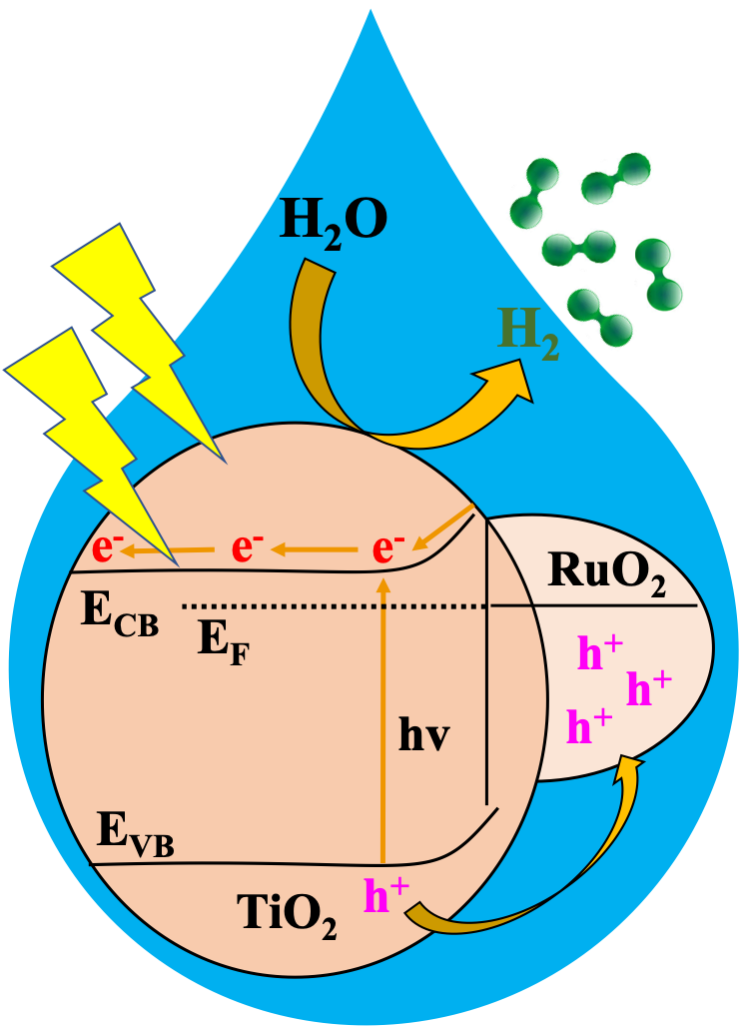Innovative Solar-Powered Hydrogen Production Catalyst Breakthrough
Key Ideas
- Researchers at Oregon State University developed a high-speed, high-efficiency photocatalyst named RTTA that can quickly convert sunlight and water into hydrogen, offering a sustainable energy solution.
- The RTTA-1 catalyst exhibited impressive performance, producing over 10,700 micromoles of hydrogen in just one hour with a 10% quantum yield, showcasing the catalyst's potential for practical applications.
- This innovative approach to hydrogen production through photocatalysis using MOF-derived materials could be a significant step towards reducing greenhouse gas emissions and combating climate change.
- The research was funded by the College of Science, with contributions from the Department of Chemistry, retired public school teachers Brian and Marilyn Kleiner, and involved collaboration with various experts in the field.
A recent breakthrough by researchers at Oregon State University led by Kyriakos Stylianou has resulted in the development of a highly efficient photocatalyst, named RTTA, capable of rapidly converting sunlight and water into hydrogen. This innovative catalyst, derived from metal organic frameworks (MOFs), particularly the RTTA-1 variant, demonstrated remarkable hydrogen production rates, offering a promising solution for clean energy production.
The RTTA-1 catalyst, composed of ruthenium oxide and titanium oxide doped with sulfur and nitrogen, showed a high quantum yield of 10% and was able to produce over 10,700 micromoles of hydrogen in just one hour. This achievement highlights the potential of MOF-derived metal oxide heterojunctions as practical photocatalysts for sustainable hydrogen production, presenting an environmentally friendly alternative to traditional methods.
The research team emphasized the significance of utilizing water as a hydrogen source through photocatalysis, leveraging the Earth's abundant solar energy for renewable energy production. By reducing the reliance on natural gas-derived hydrogen, this novel approach contributes to lowering greenhouse gas emissions and combating climate change.
The collaborative effort, funded by OSU's College of Science, Department of Chemistry, and support from Brian and Marilyn Kleiner, involved various experts and researchers in the field. The findings of this study, published in Angewandte Chemie, underscore the potential of this breakthrough in advancing clean energy technologies and fostering sustainable energy solutions.
